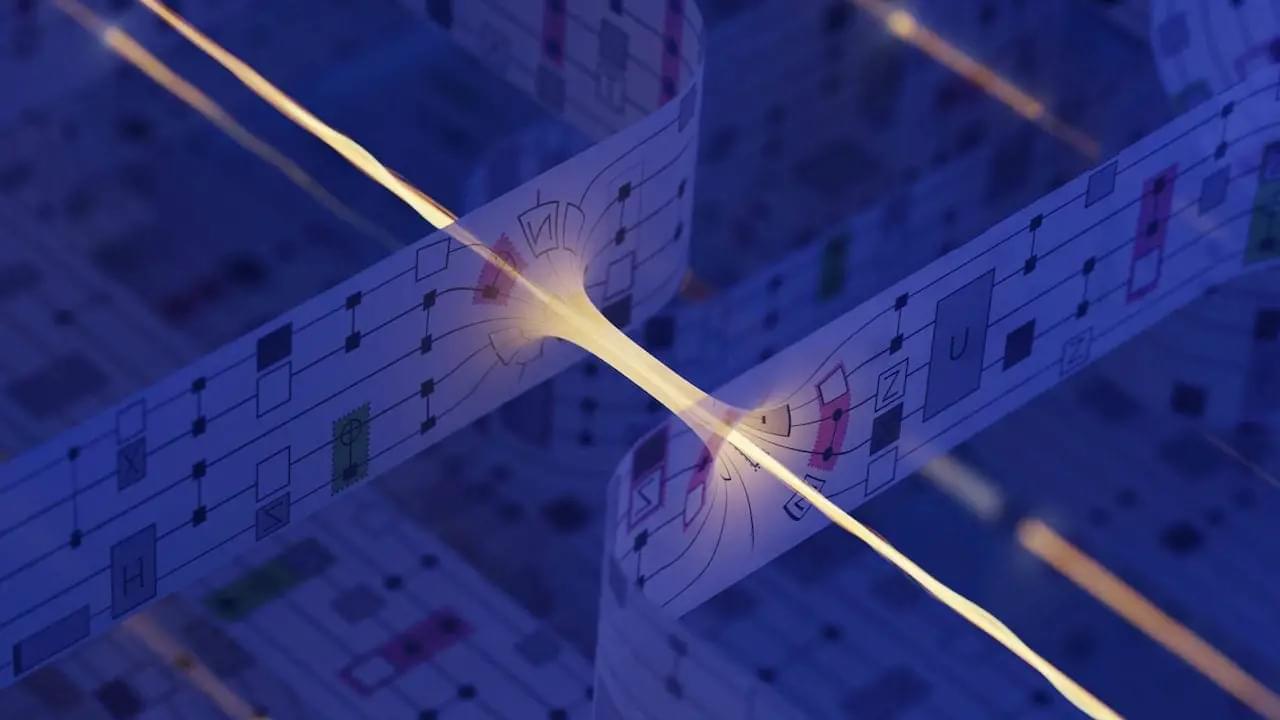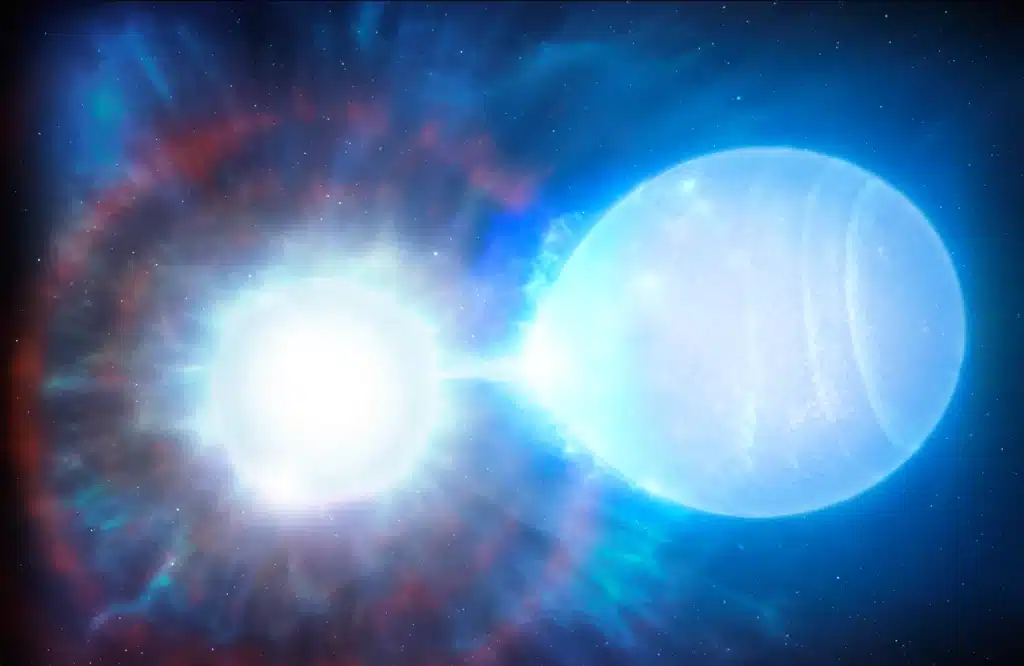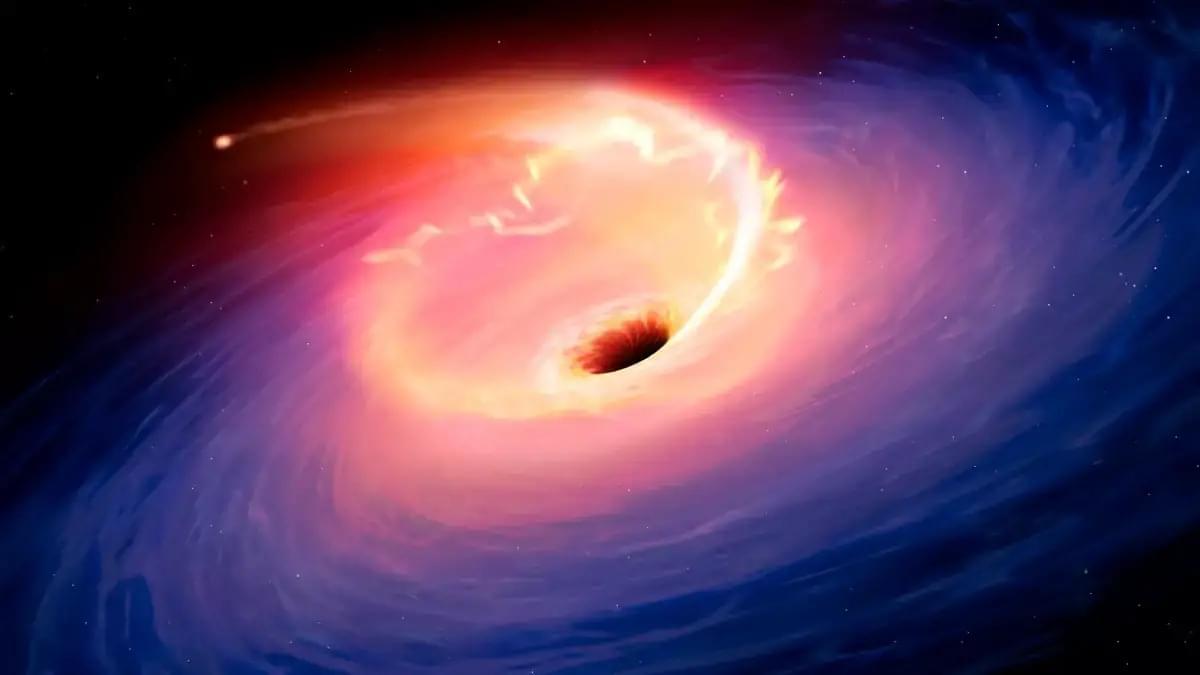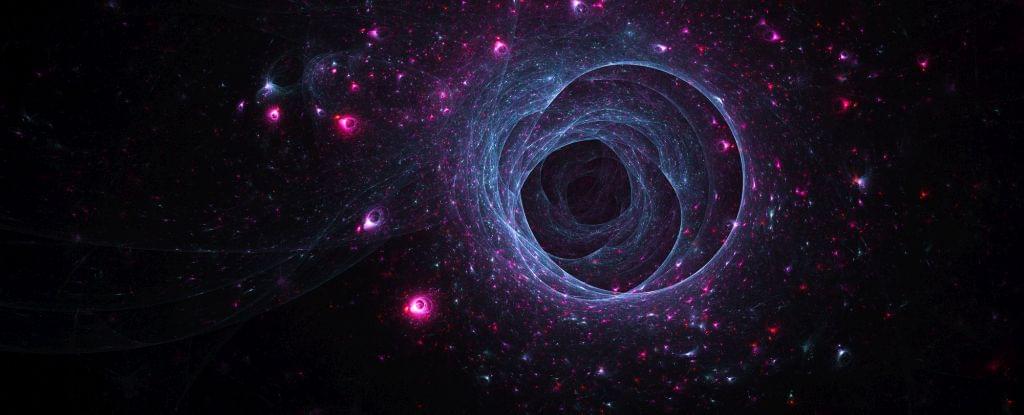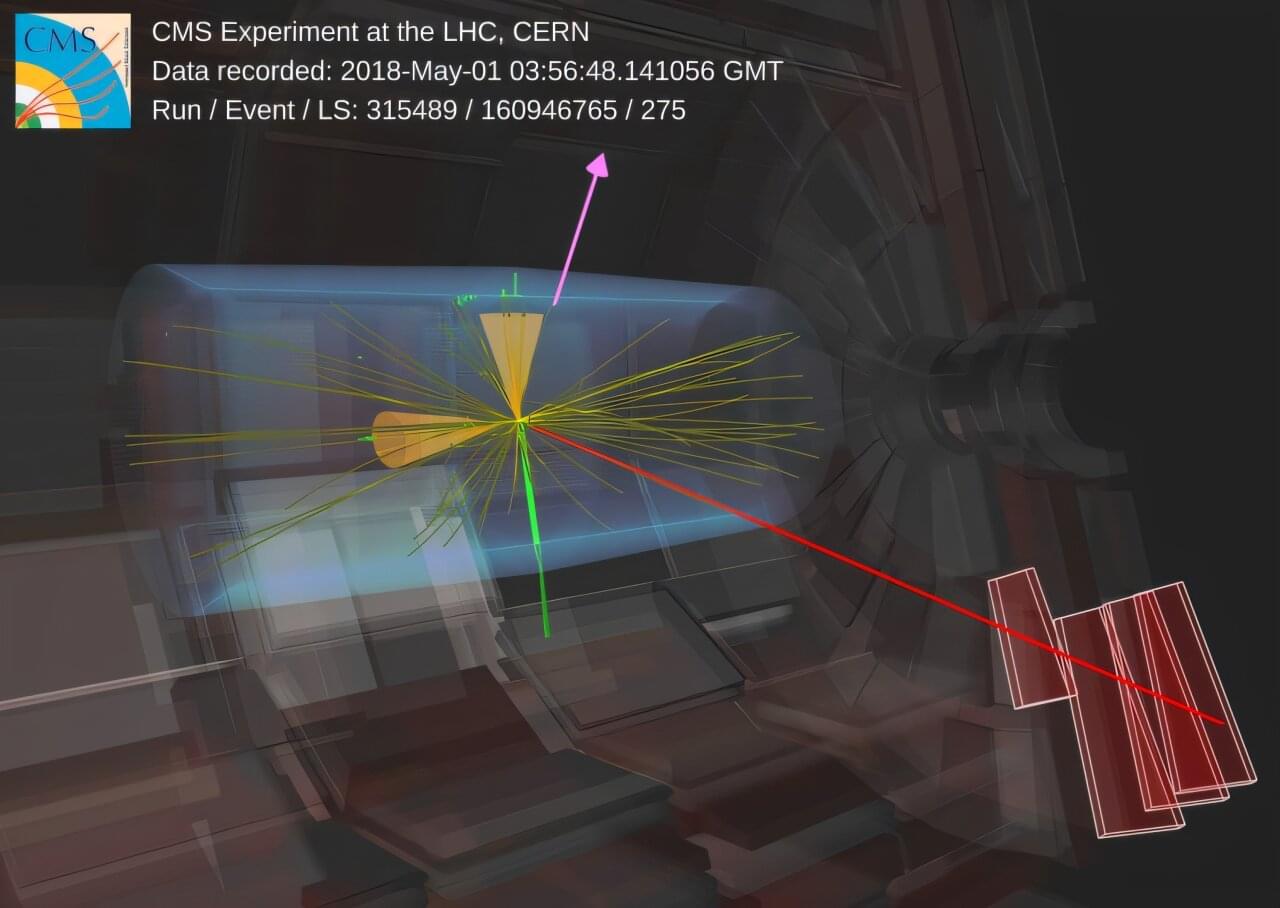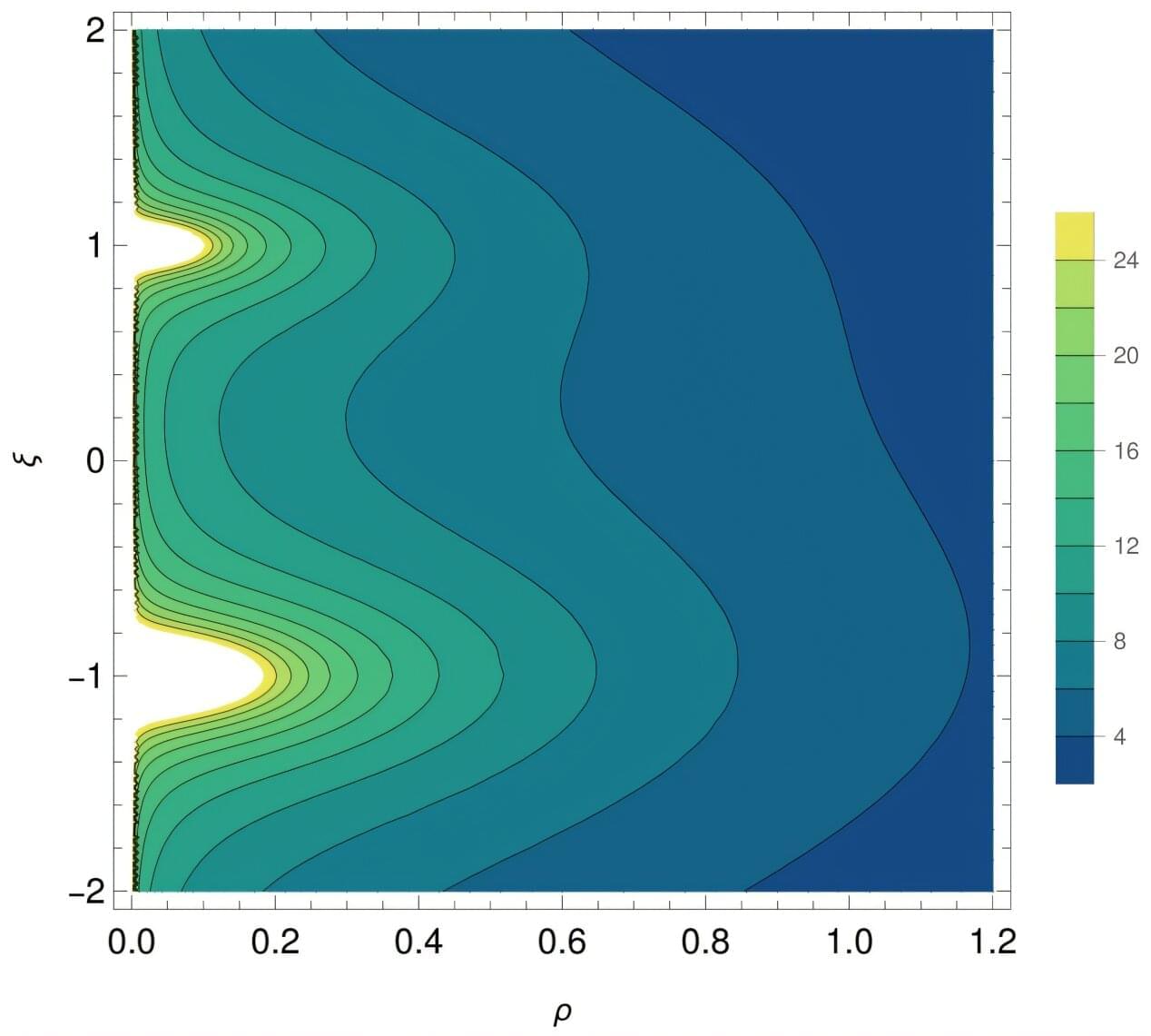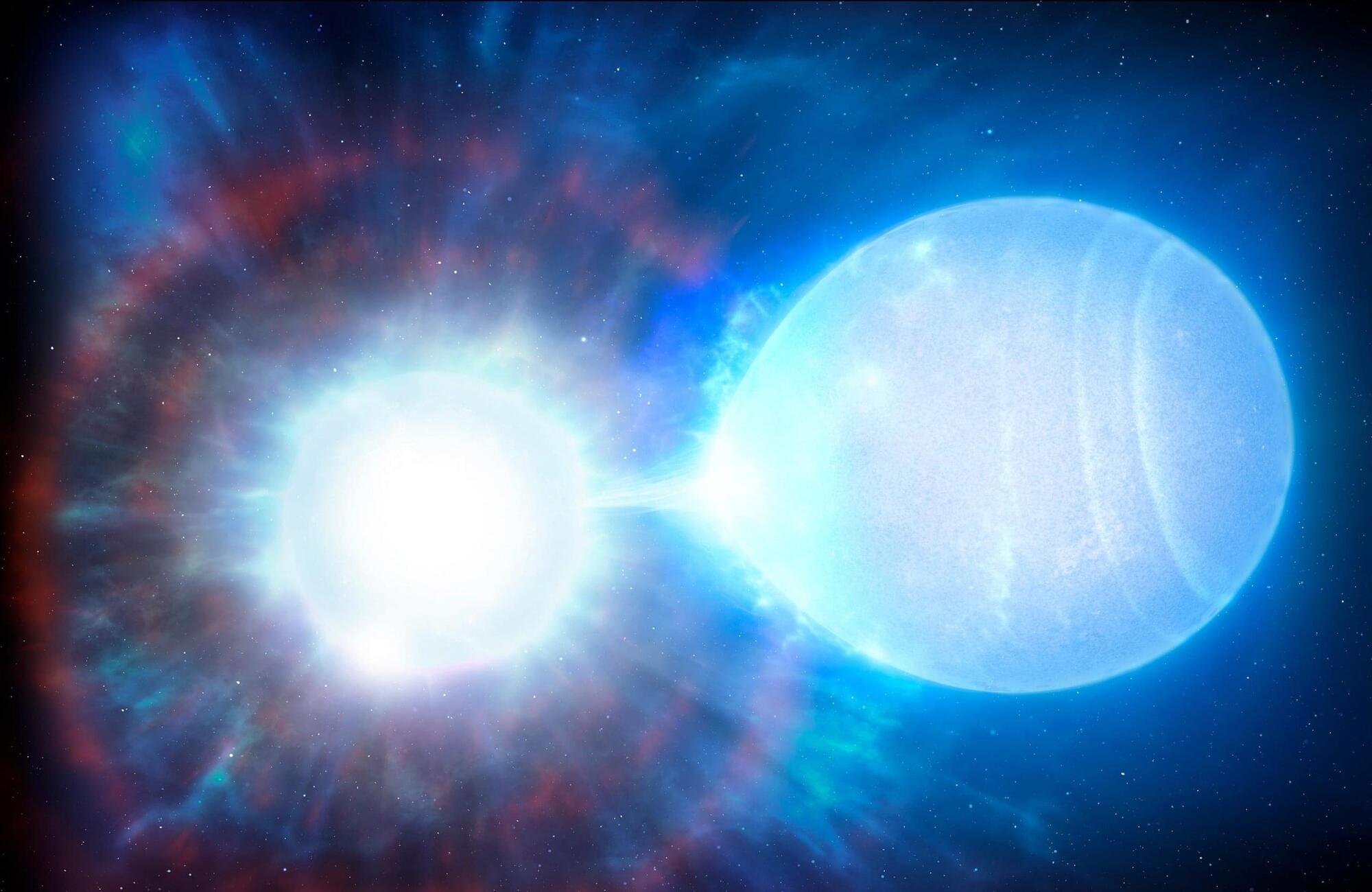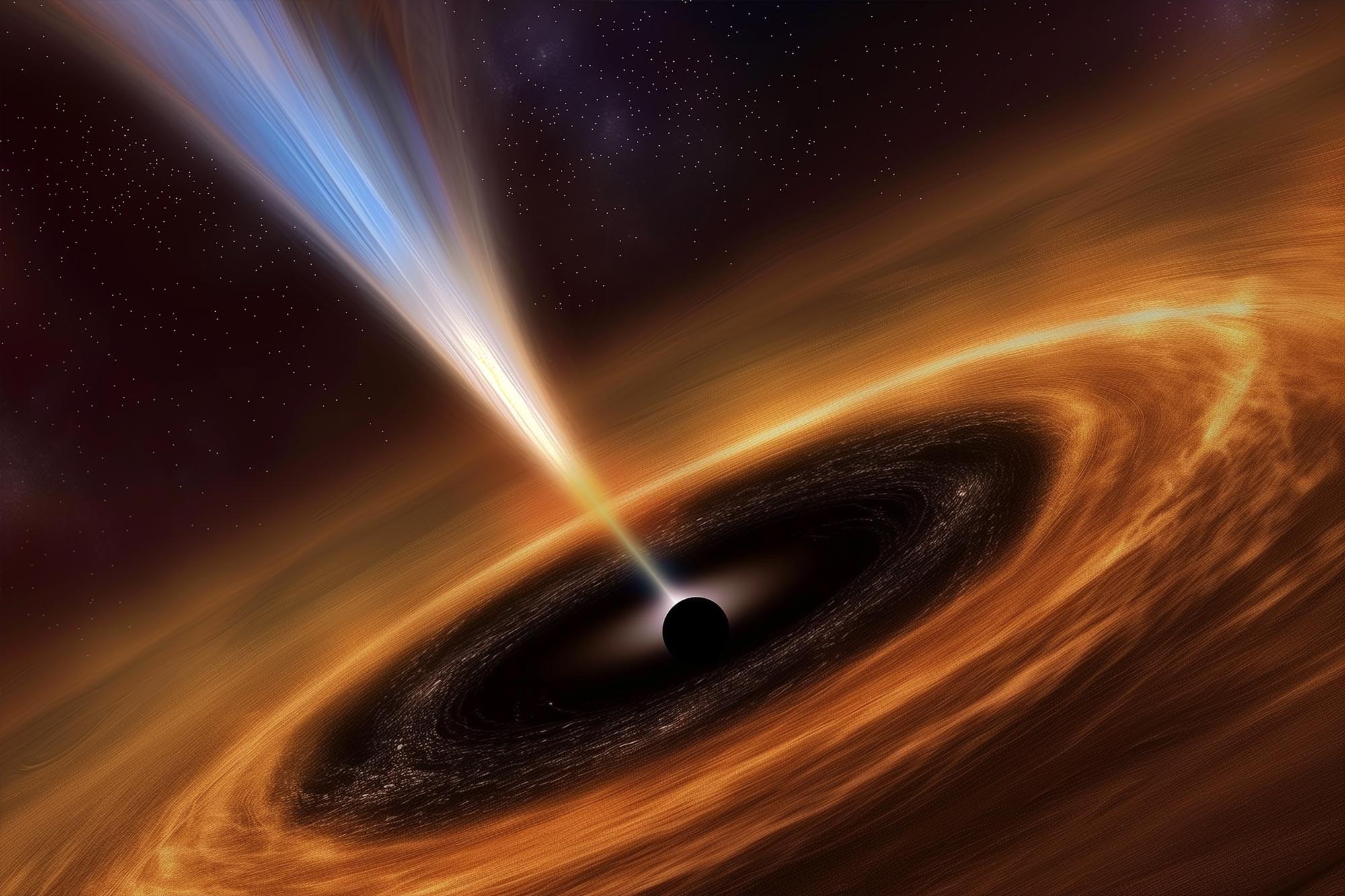Researchers have announced a groundbreaking experiment that simulated a traversable wormhole using a quantum computer. While no physical rupture in space-time was created, the study offers a significant step toward understanding Einstein-Rosen bridges, theoretical constructs first described by Albert Einstein and Nathan Rosen. Published in the journal Nature, the findings represent a promising avenue for probing quantum gravity experimentally.
A Glimpse of Wormhole Dynamics
The experiment, conducted on Google’s Sycamore quantum processor, involved simulating two minuscule black holes connected by a tunnel-like space-time structure. A quantum message was transmitted between these points, and researchers observed behaviors consistent with wormhole-like dynamics. Study co-author Joseph Lykken, a physicist at Fermilab, remarked, “It looks like a duck, walks like a duck, and quacks like a duck,” indicating the simulation closely mimicked a theoretical wormhole.
